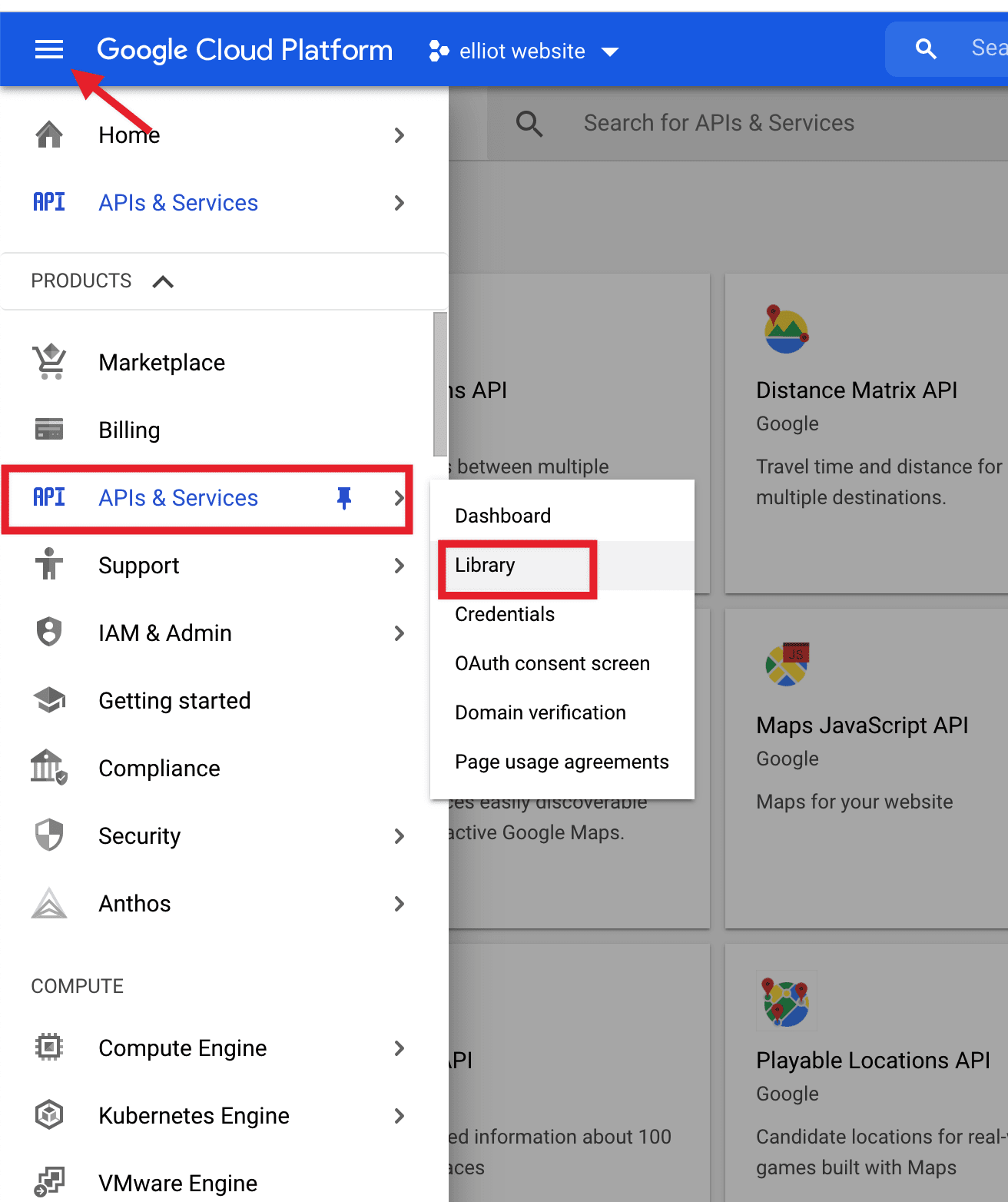

(Run a couple test searches on Google Maps if this point is confusing and see how the results change based on your zoom level. It’ll take some iteration to find the trade off that’s right for your use case. Smaller search radiuses will give you more confidence that all your desired results are showing up, but if you’re trying to look in a wider region, you’ll have to execute more searches.
GOOGLE MAPS API FREE
It’ll take a couple searches to get the hang of how the API returns results, but with $200 in free credits, I encourage you to test and learn early on. If there’s no next_page_token, then there either (1) weren’t more results than are already showing or (2) you’ve already maxed out your 60 results. If you want to return the last 20 results (places 40–60), you can access the next_page_token from your second search and insert it into the page_token parameter.

If you’ve saved your initial search, you can add the next_page_token directly by calling variable_name$next_page_token. The page_token is the way to tell Google to return the next 20 results in the search instead of the first 20. To do this, run another search using the same search criteria, but this time add one more parameter to the function, the page_token. The next_page_token that I mentioned above is how we’ll access the next (up to) 20 results. This effectively means that to access all 60 results, you need to execute 3 calls to the API. This could mean there were only 20 total results, but usually it means something else.Įach API call returns up to 20 results, and a search can return up to 60 total places. You may have noticed there were only 20 results even though I said it returns up to 60. The response page provides you with the next_page_token (more on that later), the status of your request (“OK” means good to go, otherwise problems), and your results. First is a “response” page and second are the results. When you run the code, you’ll see two boxes pop up in R Studio. I’ve saved it as a separate variables, gmaps_key, but you could input it directly (in quotes) if you were only doing one search. Here, I converted 2 miles to meters for about 3,218 meters The radius is the distance in meters that we want to search.I usually just right click on the place I want to search in Google Maps and it will generate the coordinates as the first menu result. The location is the latitude and longitude of the center point for our search (here, downtown Raleigh) inputted as a vector.The search_string is simply the search we want to execute.

To work most effectively, the google_places function takes a search string, location, radius, and your API key. Line 1: Use the google_places function to make a call to the API and save the results When you have your API key, you’re ready to access the point of interest data in as little as 2 lines of code: You’ll get $200 in free credits per month for Maps-related API billing, which is the equivalent of about 11,750 searches, so you’d have to work pretty hard to exceed the free limit. To use the package - and any Google API - you’ll need to set up a Google Cloud account and generate an API key.
GOOGLE MAPS API INSTALL
Install the package just as you would any other with install.packages('googleway') and load the package with library(googleway). The googleway R package dramatically simplifies the process of accessing the Places (and other Google Maps) API’s, in addition to preparing the data in an easy-to-use format.


 0 kommentar(er)
0 kommentar(er)
